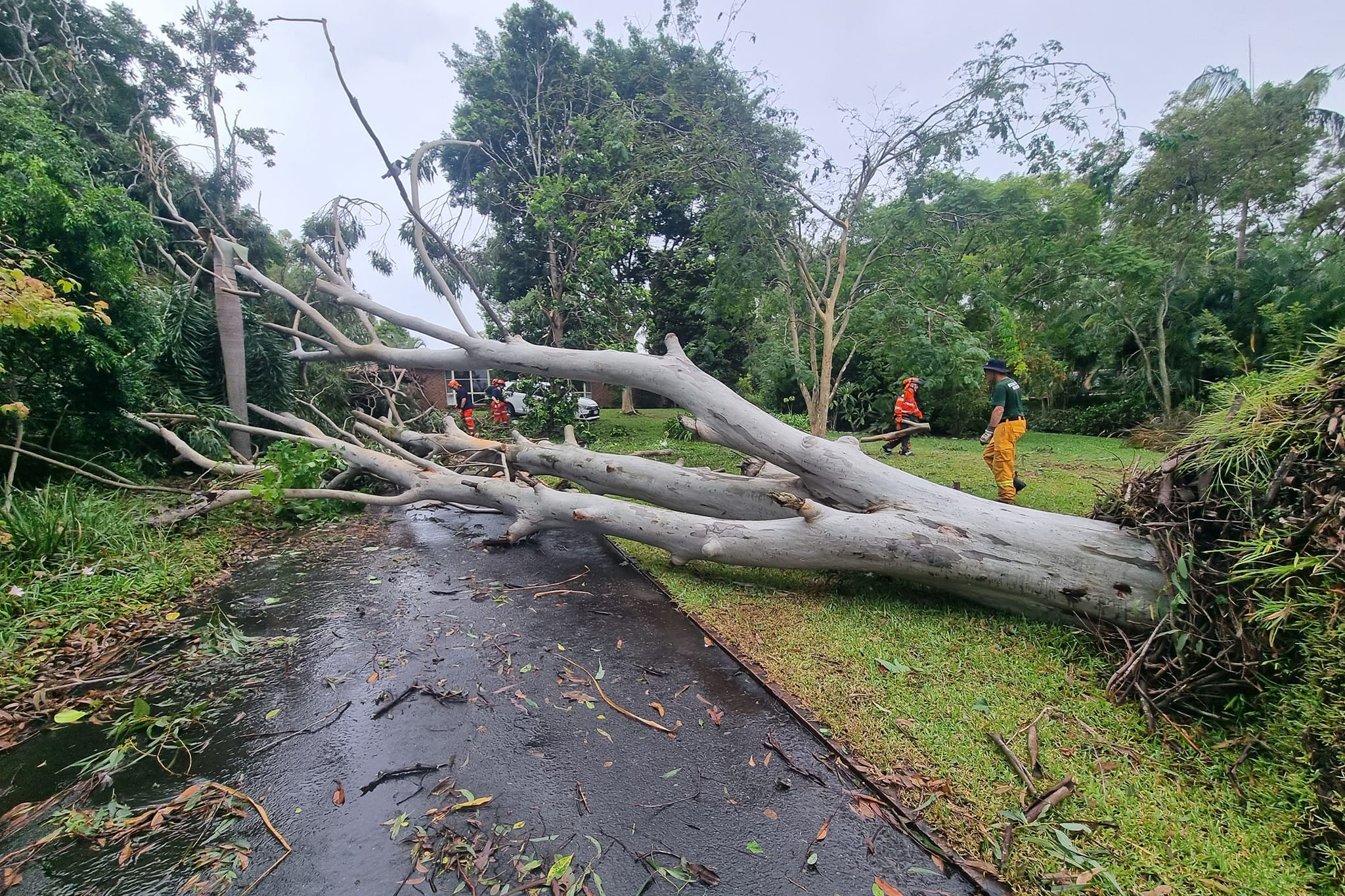News
20 March, 2025
The cost of Alfred
AS of Monday, March 17, insurers have received more nearly 65,000 claims across southeast Queensland and northern New South Wales in the wake of Tropical Cyclone Alfred (TCA), according to the Insurance Council of Australia (ICA).

In Queensland, nearly 55,000 claims were made in regards to home damage, over 2,600 for vehicle insurance, and nearly 2,800 for commercial insurance.
The majority of all claims relate to food spoilage due to power outages, wind damage and water ingress.
Deputy CEO, Insurance Council of Australia, Kylie Macfarlane, said the rise in claims count is a reassuring sign that clean-up and recovery is well underway.
“While it is still too early to predict the total insured loss from this weather event, the claims data shows that the event is not as significant as first feared across the majority of the impacted zones,” she said.
“If there are any policyholders who know they have damage but are yet to lodge a claim, we encourage them to get in touch with their insurer as soon as they can and get the process underway, even if the full extent of the damage is not yet known.”
The last cyclone to cause significant damage in Australia, Tropical Cyclone Jasper (2023), cost $409 million from around 10,500 claims.
The costliest cyclone to hit Australia remains Cyclone Tracy (1974), which normalised to 2023 values would incur $7.4 billion in claims, with the floods of early 2022 remaining the costliest insured event in Australia’s history with $6.4 billion in insured losses across more than 245,000 claims.
The ICA has also warned about ‘disaster chasers’ operating in impacted communities.
Disaster chasers may offer to undertake work such as tree and debris removal, requesting payment upfront in cash but often leaving work poorly done or incomplete.
Disaster chasers can also offer to undertake home inspections or repairs for cash payment.
Some disaster chasers pressure homeowners to sign a contract on the spot for future repair work and may promise their insurer will pay.
This can leave the homeowner liable to pay a commission or inflated repair bills not covered by their insurance policy, as insurers will only pay for approved work that is covered by a policy.
Residents who believe they may have been approached by or signed with a disaster chaser should seek guidance from their insurer.
According to ICA, it is too early to predict what impact TCA will have on premiums, however, the frequency and severity of natural disasters has increased in recent years and this is contributing to higher premiums.

